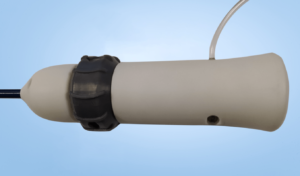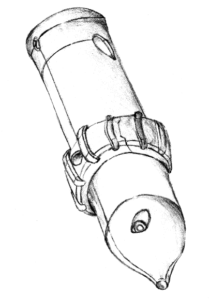What role does 3D printing play in the medical device manufacturing process?
3D printing is a crucial part of medical device manufacturing, playing an important role in the prototyping process.
Prototyping is a large part of the design process in any industry, and with the advent of rapid prototyping technologies, including 3D printing, it has never been easier or quicker to go from concept generation to prototype testing…and possibly all in a single afternoon!
Over the last few years with the advancement of rapid prototyping technology the rapid prototyping solution has moved within the economic and technical reach of most adept solution providers.
What are the advantages of 3D printing over other methods?
Advancement in 3D printing technology has been significantly beneficial to the medical device industry allowing companies to design and prototype more quickly, de-risk product development cycles, and reduce costs of development. The major benefit to this is that it simply provides better overall customer and patient outcomes.
The idea that ‘you cannot get time back’ is very appropriate in medical device development work – 3D printing has been a game change for development time.
3D printing is a ‘minimalist’ process! After designing the part on standard CAD platforms, like SolidWorks, typically all that is required is a simple export to your printer and within hours of your design you have a physical embodiment of the part in your hand.
Compare this with traditional molding methods which are time and cost heavy or machining of parts which are also time and cost expensive, and the advantages of 3D printing speak for themselves.

What kind of components can be made using 3D printing technology?
At ICS Medical Devices, we are continually investing in and developing our rapid prototyping capabilities and applications with new CAD workstations, updated modelling software, and ever improving 3D printing technologies.
Most recently we have acquired a medical grade SLA 3D printer which allows us to create rapid prototypes with a huge range of physical attributes from soft “silicone like” materials with a minimal durometer of shore 50A for atraumatic tips or indeed printing anatomical models to approximate blood vessels, all the way to solid rigid parts for handles etc simulating the properties achieved in injection moulding.
Our RP technology is used to create parts including
- Soft Tips.
- Other catheter shaft mechanical features simulating mold or machined parts.
- Anatomical Models
- Fixturing (assembly and test purposes).
- Packaging Components.

Where can 3D printed components be used?
Recently we have been using this SLA printer to create complex handles for our customers, allowing us to make fast iterative changes between prints to settle on a functional design that looks and feels how we originally conceptualised.
The upgrade in finish quality is particularly valuable as allows our customers use these parts into bench, animal and GLP trials.
Benefits of RP in Medical Device Development:
- Speed to get parts in hand and designs tested.
- Flexibility, challenge multiple designs in parallel, quickly, efficiently, and economically.
- Risky capital cost delayed until design is physically tested and challenged.
Get in touch with us today to speak directly to one of our engineers about how 3D printing can be incorporated into your development process, and accelerate your product to market.